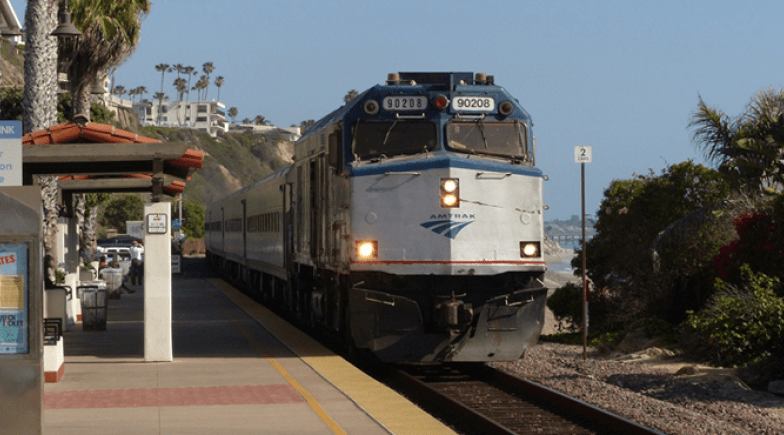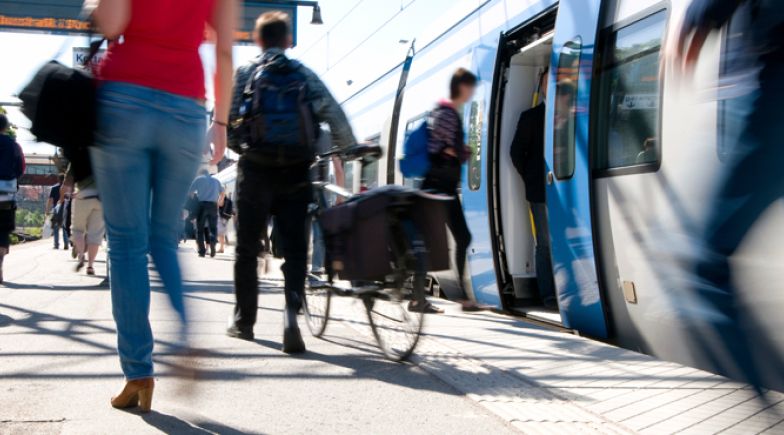Steer recently led the comprehensive review of passenger rail infrastructure in California. Our team compiled and analyzed diverse information from across the state into a coherent resource for the next stage of the state rail planning process. The study concluded with 4 credible strategic development options to guide future thinking for investment in integrated passenger rail services throughout the state. Our team applied international state of the art practices to the analysis to show how a coordinated whole-system approach could help to optimize connectivity and service levels. The work has served to create a vision for the rail network of California that has huge potential to shift the balance of modal share from auto in favor of rail.
How we helped
The four options were based around the simple concepts of quality (journey time), frequency (interval between services) and coverage (geographical distribution and density of station locations). These three criteria represent the key trade-offs that decision makers are likely to have to consider when looking into the future of passenger rail, depending on the timing and quantum of funding.
the Steer team collaborated throughout the process with key rail stakeholders to understand the system and its constraints together with current and future plans for network improvements. The state rail network, when viewed as a whole and overlaid with timetable and rolling stock performance data, is a very complex data set. Our team used bespoke mapping, enhanced with visually rich information, to help stakeholders understand the results of the comprehensive analysis.
We compiled information and prepared reviews on infrastructure elements such as stations and maintenance facilities to help inform future service plan concepts. A main focus of the service plan visioning process was on schedule integration. The principles behind this approach allow for route connectivity not only with the passenger rail mode, but also for services feeding into rail services such as buses or urban transit systems. The study looked at a multi-modal approach to define the future state rail system and included a variety of other modes of public transportation.
Successes and outcomes
All analyses and concepts were presented and discussed with a large stakeholders group of rail operators, as well as planning agencies, to ensure broad consensus on the proposed concepts. Based on our analysis, our team is supporting the second and final phase of the 2018 State Rail Plan development process.



